
Summer heat will affect everyone, but it will be particularly hard on those working in agriculture, spending long hours outside in the blistering temperatures.

The future of workplace safety post-pandemic will include new technologies, including contact tracing and PPE wearables.
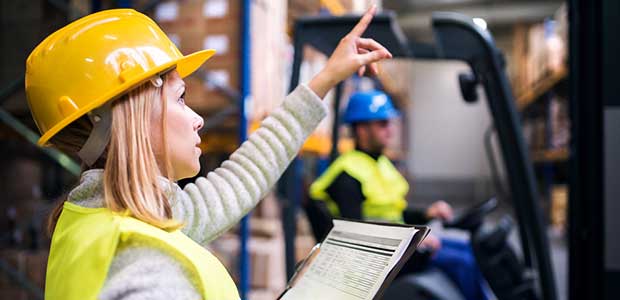
Safety is as critical an element as production to an organization, but why doesn’t the message always resonate up to the top of every organization? Here are some checks and balances you can utilize to better prioritize safety.
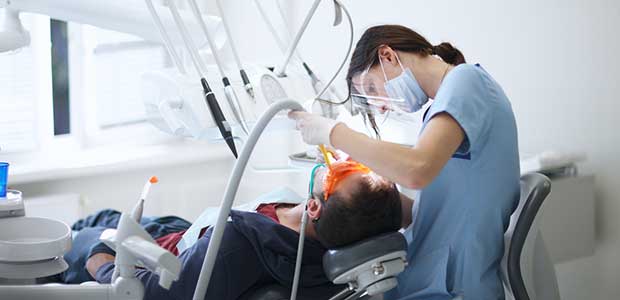
After dentist offices were forced to close for nearly two months, they are finally able to reopen—but many are taking new and extensive precautions to protect against COVID-19 including better air filtration and more PPE.
OSHA has released a resource guide for frequently asked questions regarding the use of face coverings, respirators and masks in the workplace. Here's what you should now.
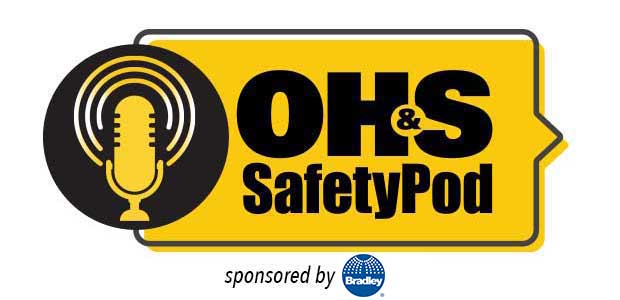
Episode 16
Due to COVID-19 restrictions on large gatherings, ASSP's Safety 2020 show has gone virtual! Listen in as Editor Sydny Shepard discusses the benefits of a virtual event with ASSP President Diana Stegall.
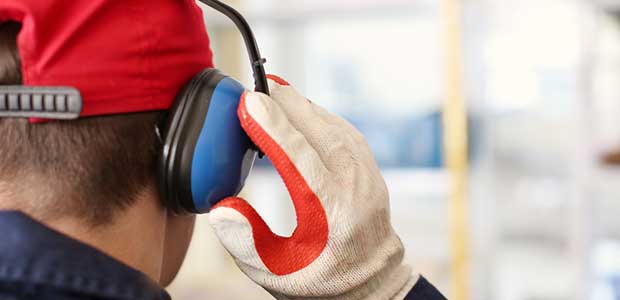
Over the last few months, Examinetics has collected information from audiologists on hearing conservation programs and hearing health in general. Read the Q&A here!
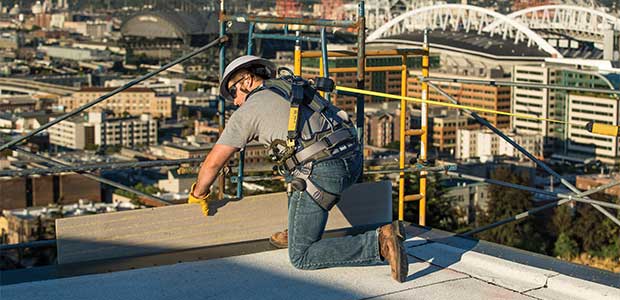
A well-designed full body harness will disperse any remaining energy in a safe manner to the strong and durable areas of the body.

Just because you’re getting wet in your rain gear does not mean it’s ineffective. Here are some reasons, and solutions, for your rain gear selection process.
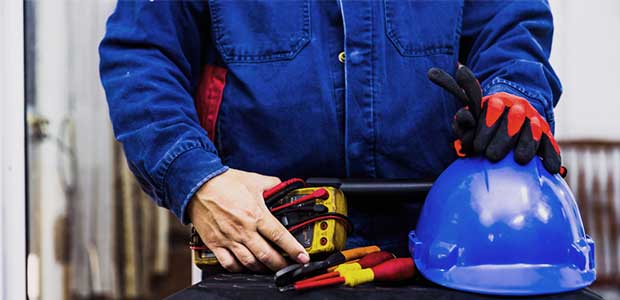
It’s more important than ever to not lose sight of fundamental protection programs and protocols.

Episode 15
Editor Sydny Shepard discusses hearing test scheduling in the age of COVID-19 with Kate Mosley, Product Manager of Occupational Hearing Testing at SHOEBOX.
Recognizing all essential workers—including those in the electrical field—and their associated hazards when it comes to working in a pandemic.
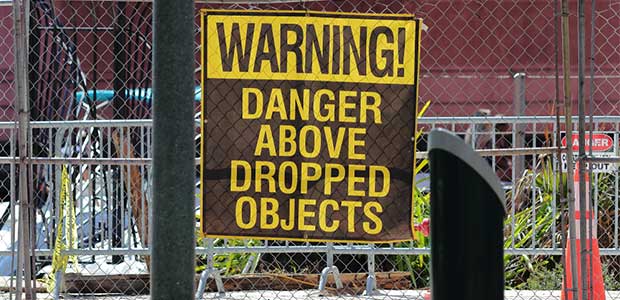
Tools are essentially for workers at height to do their job, but they also pose risks to those below.
When working in environments of extreme heat, your clothing and its materials matter for your comfort and safety.

Because the coronavirus infects us through the eyes, nose and mouth, proper PPE has become one of the most important tools during this pandemic. It’s crucial to pick the right eyewear for your safety.
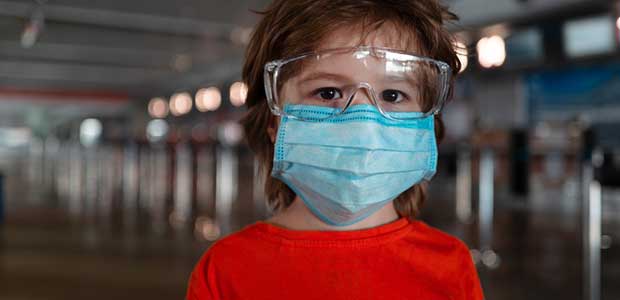
Recent discussions about the possibility of contracting the virus through our eyes are beginning to buzz. Scientists are still studying the virus for the answer, but here’s what experts have to say about the likelihood of eye-contraction and if goggles are necessary.
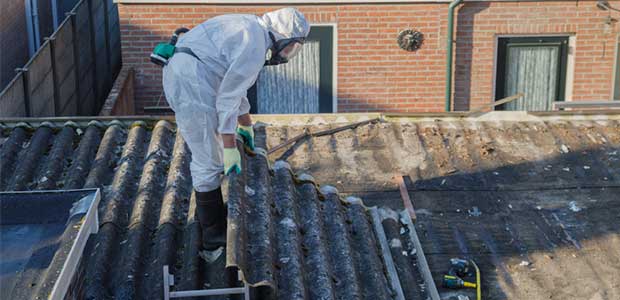
The treatment of asbestos has become that much more precarious given the outbreak of COVID-19. Here are some tips for asbestos removal and caution against coronavirus with limited PPE.

Many industries and workplaces will need to enforce the use of respirators to best protect workers from the coronavirus exposure.
With the global pandemic has come many discussions on PPE: supply, effectiveness, disinfectant methods and injuries. The NPIAP released a position statement last month on how to ease N95 injuries.

PPE standards equip health and safety managers with tools to make informed choices about the right product for the job, and keeping up with them is a feat of its own.